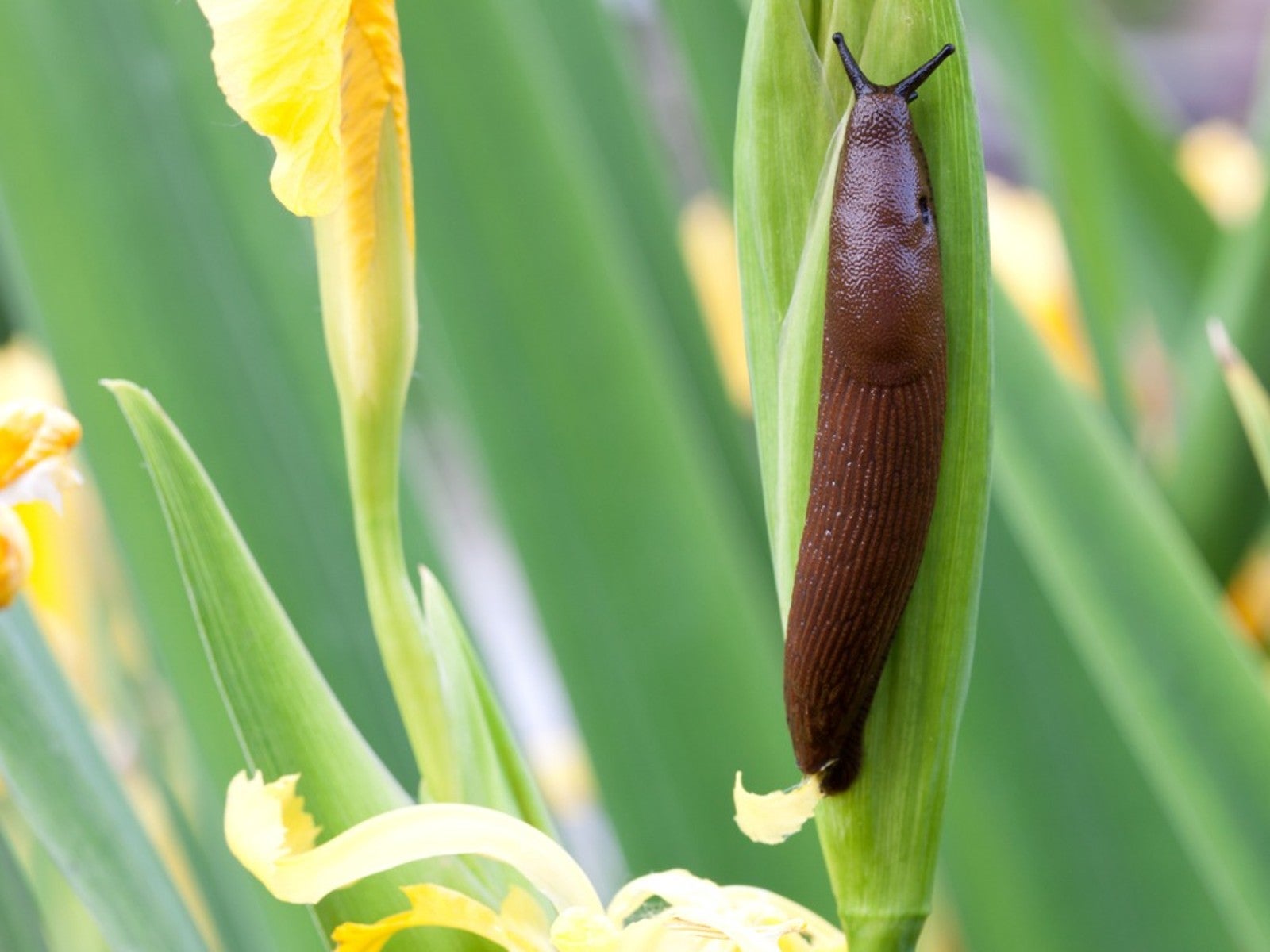Common Garden Pests That Emerge After Rain


Well wishers for rain may not be so eager when they realize that bugs after rain are a given. Bugs that come out after a rain are typically heading for a juicy leaf or two from your favorite vegetables or flowers.
A swarm of bugs after rain is not what dreams are made of, but here is a rundown of some of the garden enemies that thrive on moist soil and wet weather.
Garden Pests That Like Wet Weather
Here are a few of the creepy crawlers that benefit from wet weather:
- Rain beetles are particularly harmful to fruit bearing trees in Western North America. The larval stage of the beetles feed in the root zone of the trees causing decreased vigor and low yields. Adult male beetles fly after fall rains seeking females (who can’t fly), and are waiting below ground in a tunnel, signaling by pheromones. Closely related to scarab beetles, they are difficult to control with chemical means. Biological controls such as moles, shrews and field mice help by consuming the larvae. Raccoons and skunks feed on adult rain beetles.
- Scarab beetles thrive when larvae present in the soil in late summer benefit from rains that keep the soil moist and the vegetation green. Larvae feed on roots underground while maturing into adults. Refraining from watering yards so much in July and August will make it harder for these larvae to survive.
- Healthy foliage after a rain does not go unnoticed by Japanese and Oriental beetles who feed during the day on your favorite rose leaves and other ornamentals. At night, Asiatic beetles dine on leaves of fruit and vegetable crops, as well as flowers. To reduce their numbers in your yard, the leaf-eating bugs can be knocked into a container of soapy water.
- Spring rains help bugs by allowing them to grow faster, move further, and reproduce sooner. When rain is excessive, their outdoor homes are flooded, they lose their normal food source and head indoors – to your indoors. Bugs you’ll see in your home after rain include American cockroaches, carpenter ants, sow bugs and centipedes. Interestingly, the centipedes are following their food sources – cockroaches, ants, and sow bugs. So if you find centipedes in your home, chances are good you have another unwanted pest.
- Flying insects after a rain include winged ants, who may be seen after a rainfall event emerging from a fire ant mound. These are the teenagers of the ant world, out for a mate-seeking rendezvous. Fortunately, most of them are eaten by birds, insects, or other predators.
- Cool, wet weather also brings more slugs and earwigs into the open. European earwigs flourish in moist shrub beds or leaf litter by day. Then at night they rise to feed on soft annual foliage such as coleus and marigolds. Slugs, too, revel in moist areas by day, then seek their bounty at night in the way of hostas and other ornamentals, leaving a slimy trail along the way.
Knowing what we know about water and bugs, we may not be so anxious to keep our yards well-watered this summer.
Gardening tips, videos, info and more delivered right to your inbox!
Sign up for the Gardening Know How newsletter today and receive a free copy of our e-book "How to Grow Delicious Tomatoes".

After graduating from Oklahoma State University with a degree in English, Susan pursued a career in communications. In addition, she wrote garden articles for magazines and authored a newspaper gardening column for many years. She contributed South-Central regional gardening columns for four years to Lowes.com. While living in Oklahoma, she served as a master gardener for 17 years.
-
 How To Grow Seeds Quickly: 8 Expert Tricks For Fast Flowers & Crops
How To Grow Seeds Quickly: 8 Expert Tricks For Fast Flowers & CropsIt's never too late to start growing! Jump-start your flower or vegetable garden with these pro tips and tricks for germinating seeds in record time.
By Amy Grant
-
 8 Perfect Flowers To Plant With Tomatoes To Boost Yields & Banish Pests
8 Perfect Flowers To Plant With Tomatoes To Boost Yields & Banish PestsDon’t forget flowers when choosing companion plants for your tomato beds or pots. These pretty, fragrant blooms add beauty but are also highly beneficial.
By Mary Ellen Ellis